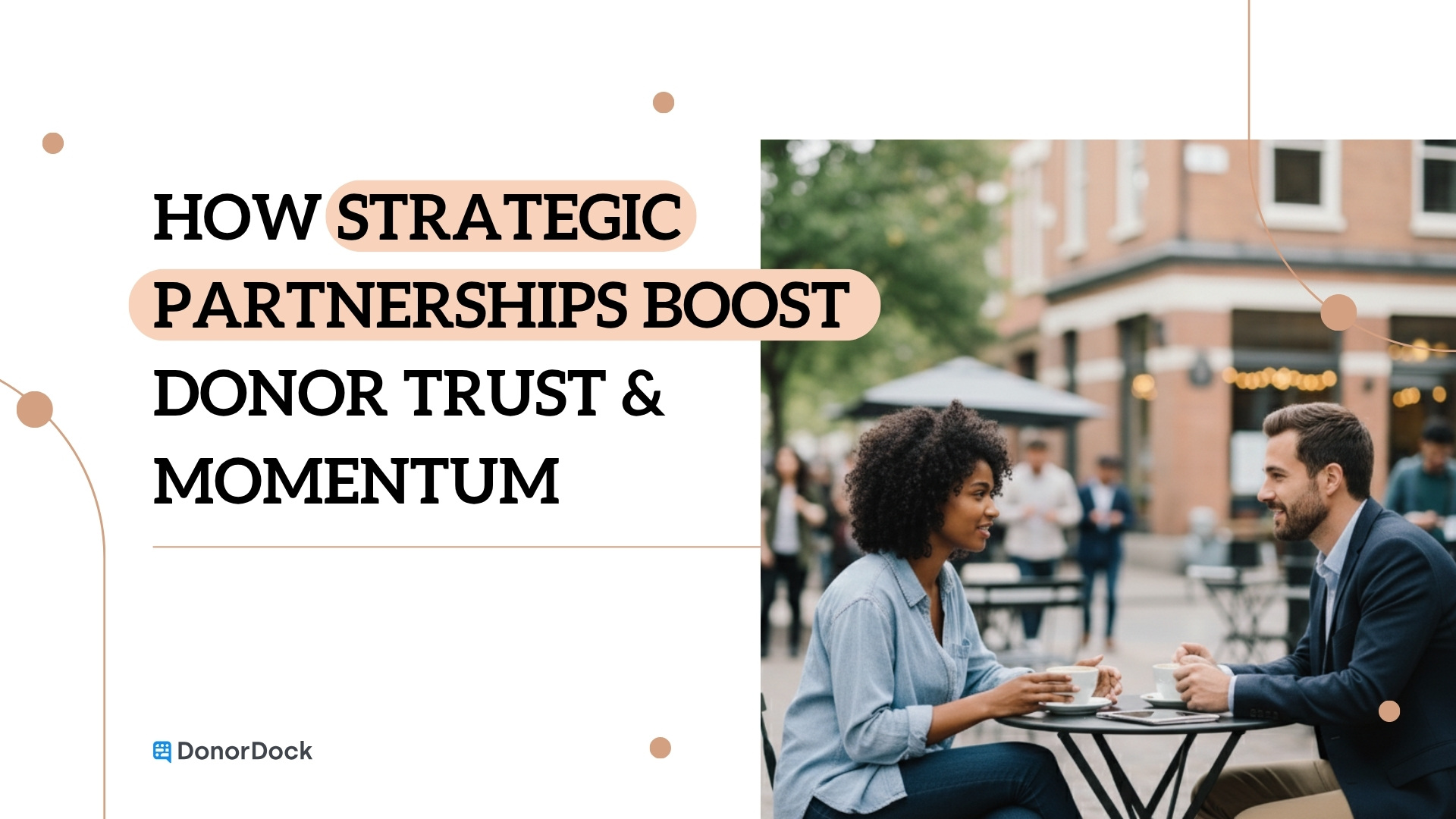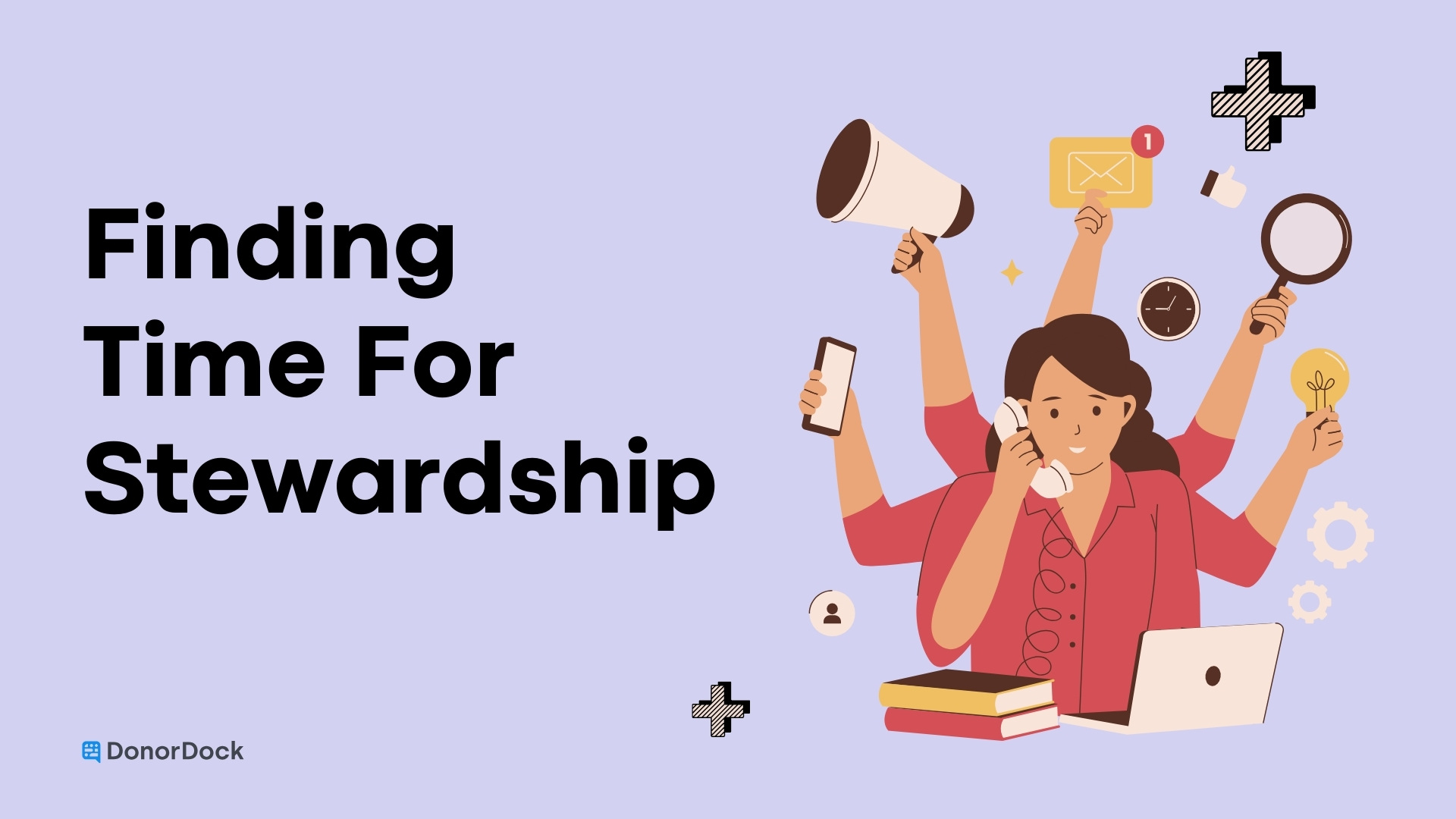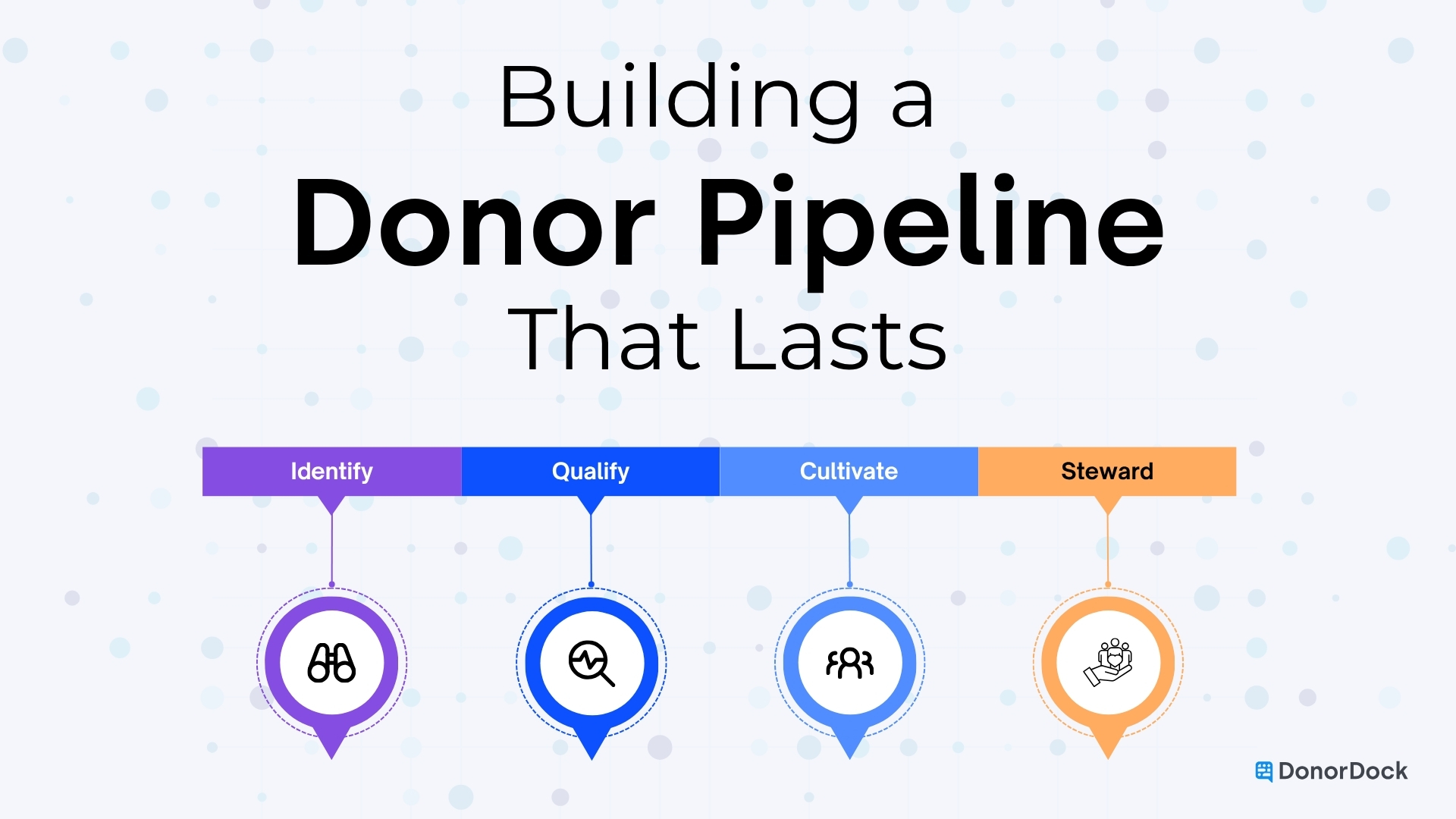You know that moment when a donor hears, “We’re partnering with X Company”, and suddenly, your small nonprofit looks much bigger? That’s the magic of a well‑chosen partnership. For many small-to-medium nonprofits, the credibility that comes from collaboration is one of the fastest ways to build trust, reach new audiences, and embed proof into your fundraising stories.
When funders and donors see who you’re working with, they see social proof in action. Partnerships aren’t about chasing logos for the sake of it, they’re about creating shared value, extending your reach, and showing that others trust you enough to stand side by side. In today’s landscape, where skepticism is high and attention is fragmented, partnerships can become one of your most reliable storytelling tools.
Why Partnerships Are an Untapped Lever for Small & Medium Nonprofits
Partnerships deliver benefits on three major fronts: credibility, reach, and resources. Let’s break those down.
Credibility by association. When you display partner logos or highlight endorsements, you’re sending a signal that someone else already trusts you. DonorDock has written about how “partner or donor endorsements” serve as one of the most powerful forms of social proof for nonprofits. It’s much easier for a new donor to believe in you when they see a familiar name standing beside you.
Reach and visibility. Every partner you bring in comes with their own network—whether that’s an email list, a social following, or event audiences. That network gives you new ways to expand your message without doubling your workload. Consider how cause marketing works: brands and nonprofits collaborate so both sides gain visibility, credibility, and impact. Campaigns like these are happening everywhere, and even small nonprofits can apply the same principles. 360MatchPro highlights real cause marketing examples where nonprofits boosted awareness simply by linking arms with mission‑aligned partners.
Shared resources. The most practical part? Partners often bring tangible support. That could be in-kind services like printing or design, donated staff time for events, or even pro bono expertise. For nonprofits already stretched thin, that kind of help not only lightens the load but also makes campaigns more effective.
Yet despite all these benefits, many small organizations avoid partnerships. Some assume they’re too small to attract collaborators, while others chase too many weak relationships that don’t actually deliver results. The truth is, it’s not about having more—it’s about building the right partnerships and telling their story well.
The Anatomy of a High‑Impact Partnership
So what makes a partnership worth pursuing? At its core, a good collaboration has a few essential ingredients.
First, there’s alignment of values and mission fit. If your missions or audiences feel at odds, the partnership will confuse donors rather than inspire them. Imagine a youth literacy nonprofit pairing with a local bookstore. The alignment is natural, both care about reading and education. On the flip side, a mismatch could create awkward messaging that undermines trust.
Next comes mutual benefit. Both partners need to know what they’re getting out of the deal. For your nonprofit, it might be exposure to a new audience. For your partner, it might be community goodwill or fresh content for their customers. When both sides benefit, the relationship feels reciprocal instead of transactional.
You also need clear roles and deliverables. Partnerships fizzle when they stay vague. Spell out what each side will do, and by when. That can be as simple as: “You’ll host and promote, we’ll bring programming and volunteers.”
Co‑branded messaging is another key. Logos on flyers, joint social posts, and shared emails signal that this isn’t lip service, it’s a true collaboration. Donors notice when you’re standing shoulder to shoulder.
Finally, start small with a pilot phase. One event, one campaign, one piece of content. That pilot becomes your proof of concept. Track what happens, and then use that data to tell a story. A bookstore partnership might start with a single reading event. If it brings in 50 attendees and $2,000 in donations, you’ve got proof to scale it further.
And don’t forget the storytelling loop. When you share results, highlight what you achieved together. Those stories aren’t just updates, they’re fundraising gold. They become compelling touchpoints you can share in newsletters, annual reports, or appeals.
5 Places to Insert Partner Credibility Into Your Fundraising Flow
Partnerships work best when they’re visible. Here are five natural places to weave partner proof into your donor communications.
1. Appeals and campaign launches. Don’t just say you’re launching a new drive—say you’re doing it with a partner. “Our spring matching campaign is powered by ABC Credit Union” carries more weight than “We’re running a campaign.” Co‑host a webinar or send a joint email to maximize reach.
2. Donation pages. Your giving page should showcase partner credibility too. Displaying a partner’s logo or including a brief endorsement adds instant trust. Imagine a banner that reads, “This campaign is supported by XYZ Bank, a proud community partner.” That line alone reassures new donors that you’re vetted.

3. Social media and content. Social channels thrive on collaboration. Tagging partners, co‑creating posts, or sharing their stories creates a web of credibility. A single retweet from a recognizable local business can get your campaign in front of hundreds of new eyes.
4. Events and programming. Whether it’s a gala, a virtual panel, or a community day, partner visibility at events amplifies legitimacy. Let them co‑sponsor, give a welcome address, or feature their logo on signage. Their presence signals that you’re not working in isolation.
5. Thank‑yous and reports. Stewardship is the perfect place to highlight partnerships. In your annual report, instead of simply listing donors, include a section: “What we achieved together with our partners.” Metrics plus partner stories create a stronger narrative of collective impact.
Here are a few ready‑to‑use snippets you can drop into your donor-facing materials:
“In partnership with [Partner Name], we’re able to double your impact.”
“This initiative is proudly supported by [Partner], whose values align with ours.”
“Thanks to [Partner], we reached 200 new community members today.”
How to Find and Vet the Right Partners (Without Overstretching Yourself)
The good news? Finding a great partner doesn’t require a huge network. It starts with relationships you already have.
Begin by looking local. Vendors you already work with, businesses in your neighborhood, or civic organizations can all become partners. Because you already know them, the trust barrier is lower.
Next, look for adjacent missions. You don’t need identical goals—complementary ones work too. A food pantry might partner with a local gym for a wellness campaign. A conservation nonprofit could partner with a brewery to create a “clean water” fundraiser. The overlap sparks creativity.
When you’re ready to pitch, keep it clear and simple. Outline what you bring to the table, what you’re asking for, and what they’ll gain. For example: “We’ll provide educational programming, we’re asking you to share the event with your email list, and you’ll be featured in all of our community outreach.”
Of course, vet carefully. Check your potential partner’s reputation, their audience alignment, and whether they realistically have the bandwidth to deliver. Nothing tanks a partnership faster than overpromising.
Start small. Instead of asking for a year‑long commitment, suggest one co‑branded email or one joint event. A small test makes it easier for them to say yes and gives you data to evaluate.
Finally, get it in writing. It doesn’t need to be a complicated contract, a one‑page agreement works. Spell out roles, timelines, and goals. That way, everyone is clear and accountability is built in.
Conclusion
Partnerships aren’t extras, they’re amplifiers. They give you proof points, extend your reach, and help you tell stronger stories. For small and growing nonprofits, the right collaborations can shift how donors perceive you and how much trust they place in your work.
Here’s your next step: Pick one campaign or project you’re already planning. Ask yourself, Who could I invite as a partner here? Then sketch out a short pitch and send it this week. That one email could set the stage for a partnership that transforms your fundraising momentum.




.jpg)







